End User Team Saves Big With Work Anywhere Strategy
For us, IT is a place where people genuinely try to “walk the walk.” Many in this industry are perceptive and curious individuals, constantly on the pursuit for better insights and more efficiency. You cannot survive long in an IT department if you hide behind unmet promises or have an aversion for detail. Facts outweigh opinions, and theories are to be questioned and proven true.
Undoubtedly, these past few months have favored those IT teams that can prove their worth in a time of crisis. Below is a series of tricky questions one customer was able to solve using Nexthink’s experience dashboarding, automations, and employee outreach capabilities. Learn how you can successfully manage a distributed staff by avoiding common pitfalls like password expirations, poor network connectivity, limited employee visibility and more.
What does success look like for IT & our business?
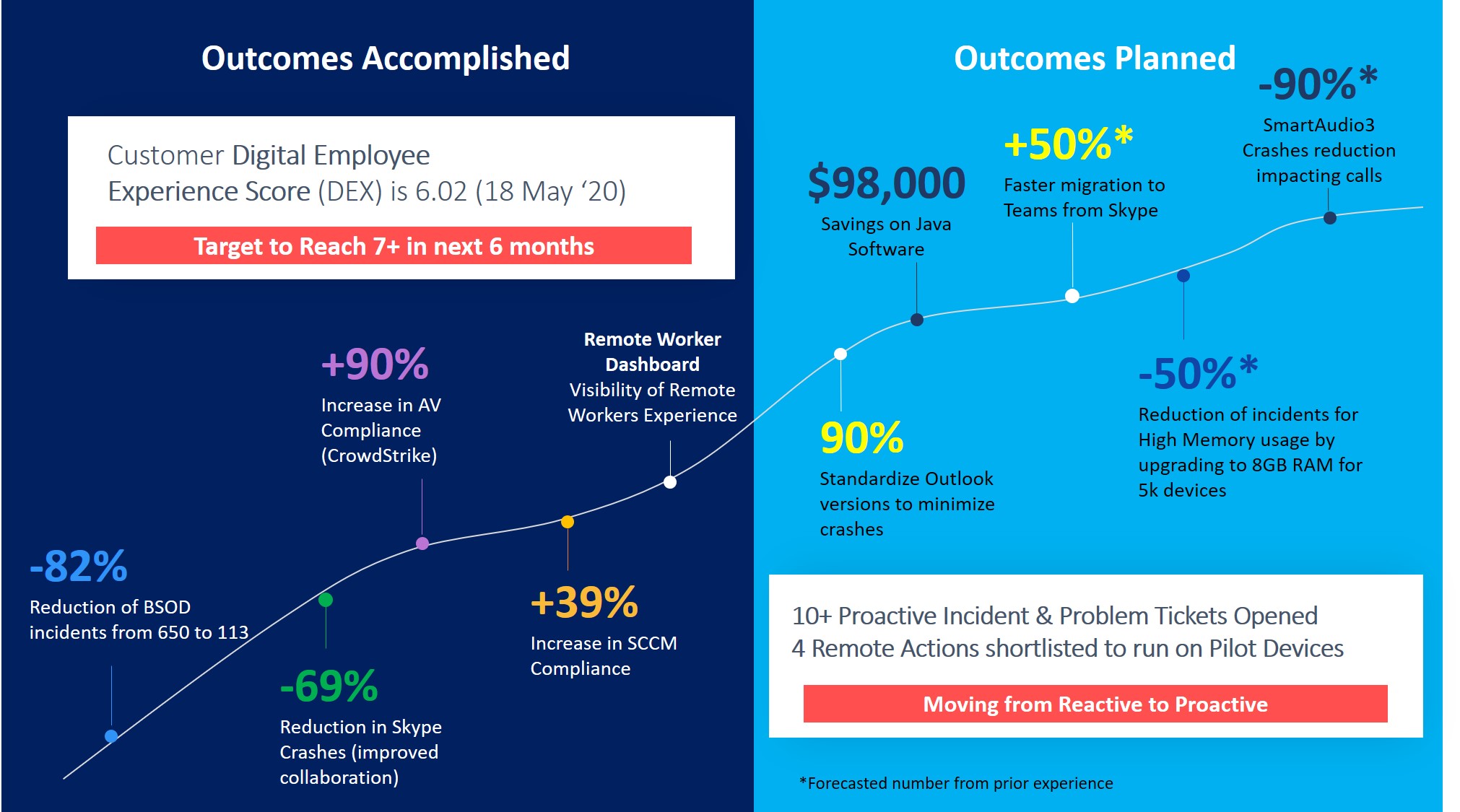
For many IT departments the shift to a work-from-anywhere (WFA) model this year has complicated their business strategy and definition of success. How does one’s data centers, networks, business services, and devices all impact an employee’s digital experience? How can IT track their efforts reconciling problems in say, Skype or Excel, and chart those interventions in a single path forward for benchmarking?
These are the types of questions our customer was able to answer using Nexthink’s Digital Experience Score (DEX)—a comprehensive index that scores hard IT metrics and sentiment feedback from real employees on a scale of 1-10. IT was able to trace each intervention to their overall DEX Score, and drill-down into its components to investigate opportunities for improvement.
Are my employees’ devices ready to go remote or come back to the office?
It can be tricky sometimes for IT teams to properly assess whether their employees are ready to move to a new tech environment. They often have to pull up separate tools to understand whether their devices, firewalls, VPN agents, and collaboration tools are compliant. And housing all of this data in a single location and in a clear format can sometimes take hours, if not days, to infer anything useful.

Rather than waste time trying to consolidate all of their key metrics, this IT team was able to quickly leverage Nexthink’s readiness assessment dashboards. From a single vantage point, IT was able to identify any compliance issues across their devices, and quickly intervene with a fix. The region-by-region breakdown enabled IT to scan their entire digital infrastructure and target specific locations that required more attention than others.
From Nexthink’s dashboards, IT was also able to identify which VPN certificates had been disabled during the company’s move to remote work. Previously, when the company was onsite IT didn’t have to worry about this problem. Nexthink was able to proactively pin-point which certificates were present, and which were soon to be expire. The team’s solution owner was thrilled to have this level of insight, and he quickly worked on a fix for those users that were unable to successfully connect to the company’s VPN.
Are my employees using the latest versions from IT?
Thanks to Nexthink’s version control dashboards, IT was also able to quickly identify any outdated OS builds, firewalls, and VPN versions that could impact an employee’s work experience. By shoring up their version disparity, both remote and in-office workers were able to avoid fewer bugs because they were working with the latest application tools.
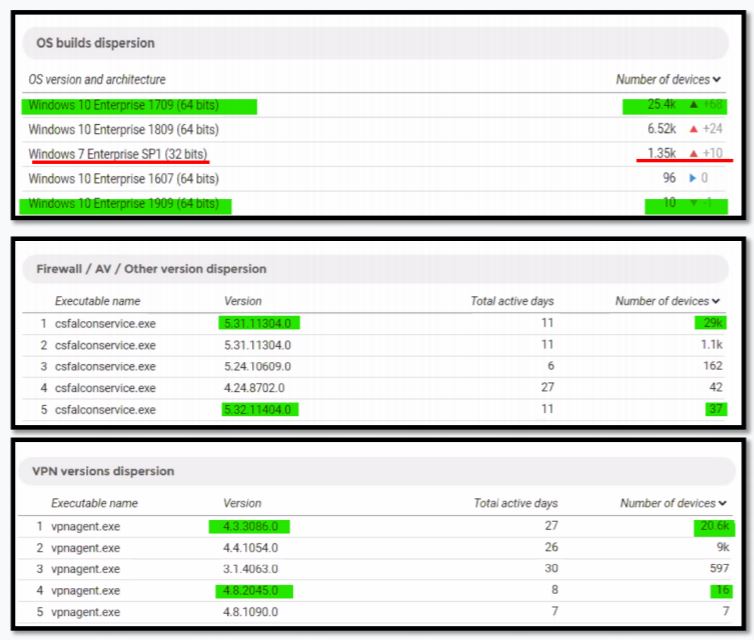
And IT was able to identify that 3% of their remote employees’ devices were unprotected with BitLocker. This type of encryption was key to safeguard against data security leaks and prevent certificate errors from hampering the functionality behind certain business apps. Turning to Nexthink’s remote actions, IT was able to quickly enable this subset of unprotected devices.
Does my in-office crew receive a different digital experience than my remote workers?
The IT team was able to quickly see that their remote workers received a lower DEX than their in-office employees. In fact, they discovered the poor DEX score was attributed to:
- Business Apps: ~30% lower than Office Workers
- Device Score: ~7% lower than Office Workers
- Web Browsing: ~25% lower than Office Workers

By focusing on the components that mattered most, the IT department has since been able to improve their remote workers’ DEX Score to 7.1!
How can we proactively prevent spikes in network traffic?
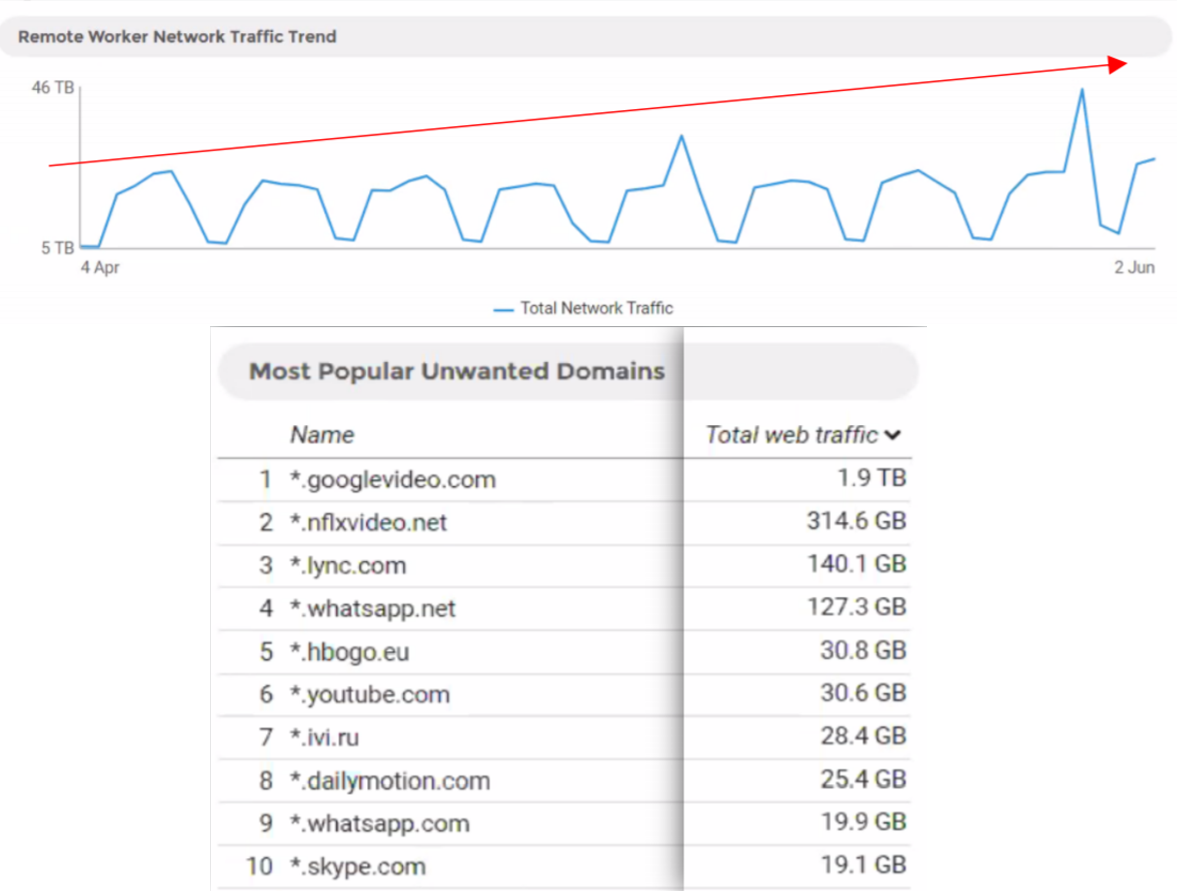
Tapping into Nexthink’s detailed network dashboards, IT was able to isolate several factors that were sapping the company’s traffic. Popular domains with high traffic consumption included customer sites—notice Netflix drew 314 GB! IT was able to intervene and advise employees to avoid their VPN when possible and refrain from using streaming services (like Netflix & Youtube) during work hours.
What can we do to improve our remote employees’ Wi-Fi performance?
IT was able to leverage Nexthink’s integrated Wi-Fi monitoring capabilities to determine if their employees’ computing issues resided with their routers or elsewhere. If a user experienced a poor Wi-Fi signal, IT was able to reach out proactively with instructions asking that person to move closer to the router. This capability helped IT and employees save valuable time trying to troubleshoot a deceptively simple fix!
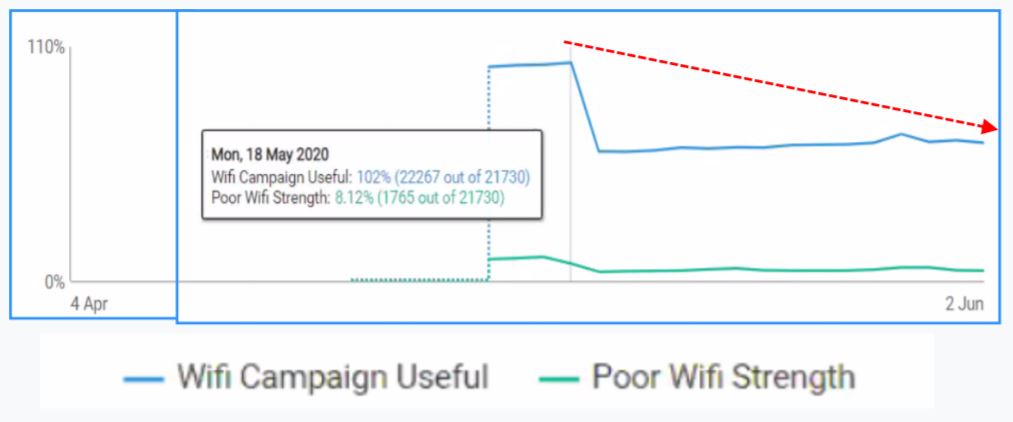
How can IT prevent remote employee downtime from annoying password expirations?
Soon after shifting to remote work in the spring, employees submitted nearly 2k tickets looking for help with their password expirations. This inconvenience led to major downtime and productivity loss. To combat the problem, IT used Nexthink to identify and target relevant users with messages to reset their passwords just days before they were set to expire.
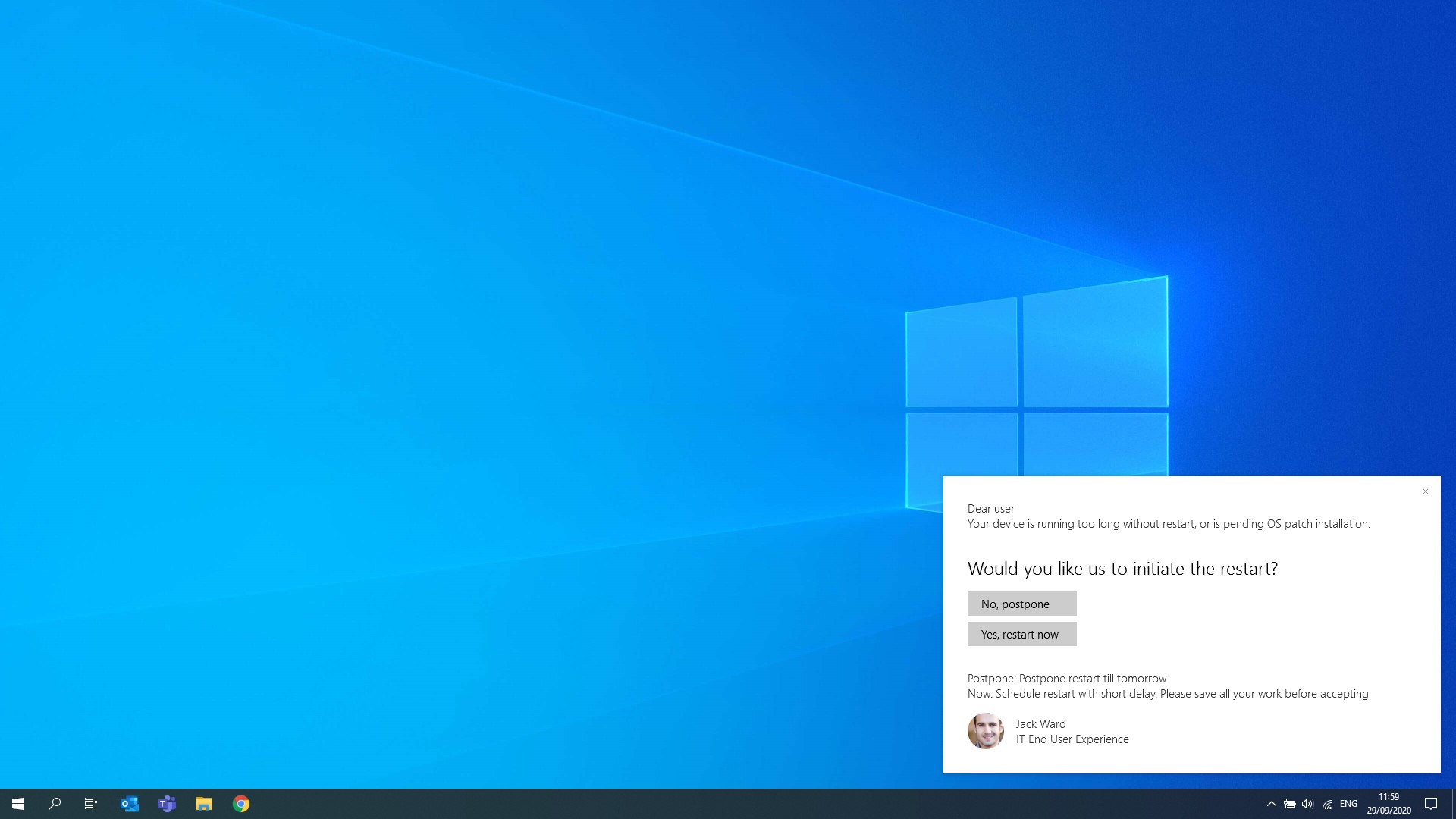
Nexthink Engage enables IT to cut through the noise and send targeted messages directly to employees.
Take hold of your work-from-anywhere (WFA) model
The examples above are just some of the ways your IT department can tackle tough questions with ease. If your IT team is eager to improve its WFA program, and they seek tangible, proactive solutions, then contact a Nexthink representative today.
Sandeep Prabhu, Senior Consultant
Zubin Sidhwa, Senior Partner Success Manager
12 Tips to Help IT Support a Distributed Workforce
Related posts:
- Work From Anywhere: VPN Problems? Discovering IT’s “Aha” Moment
- Powering the Digital Employee Experience for Remote Workers
- 7 Remote Work Problems IT Solved With Nexthink
- Enough! 4 Work From Home Solutions to Heal IT’s Pain